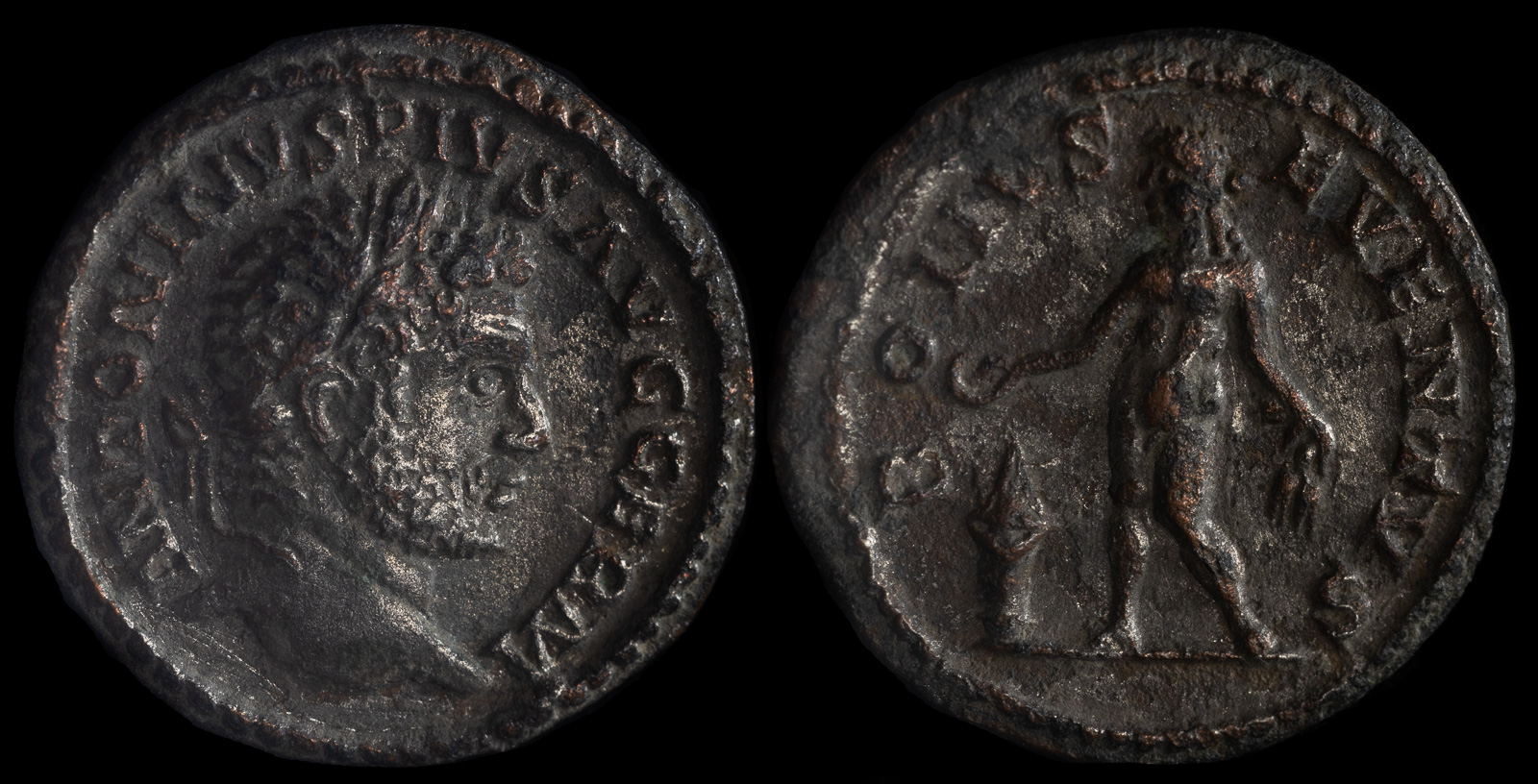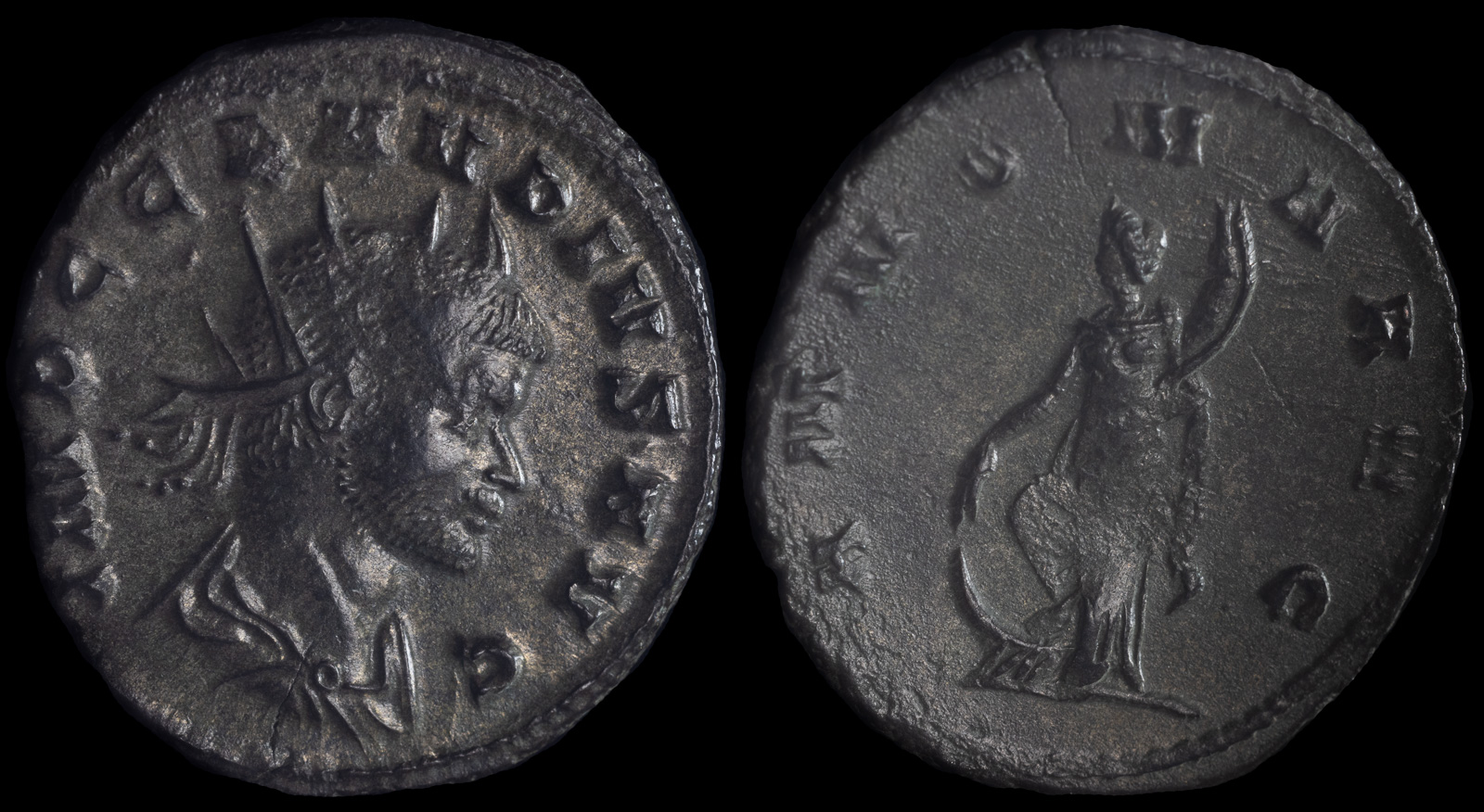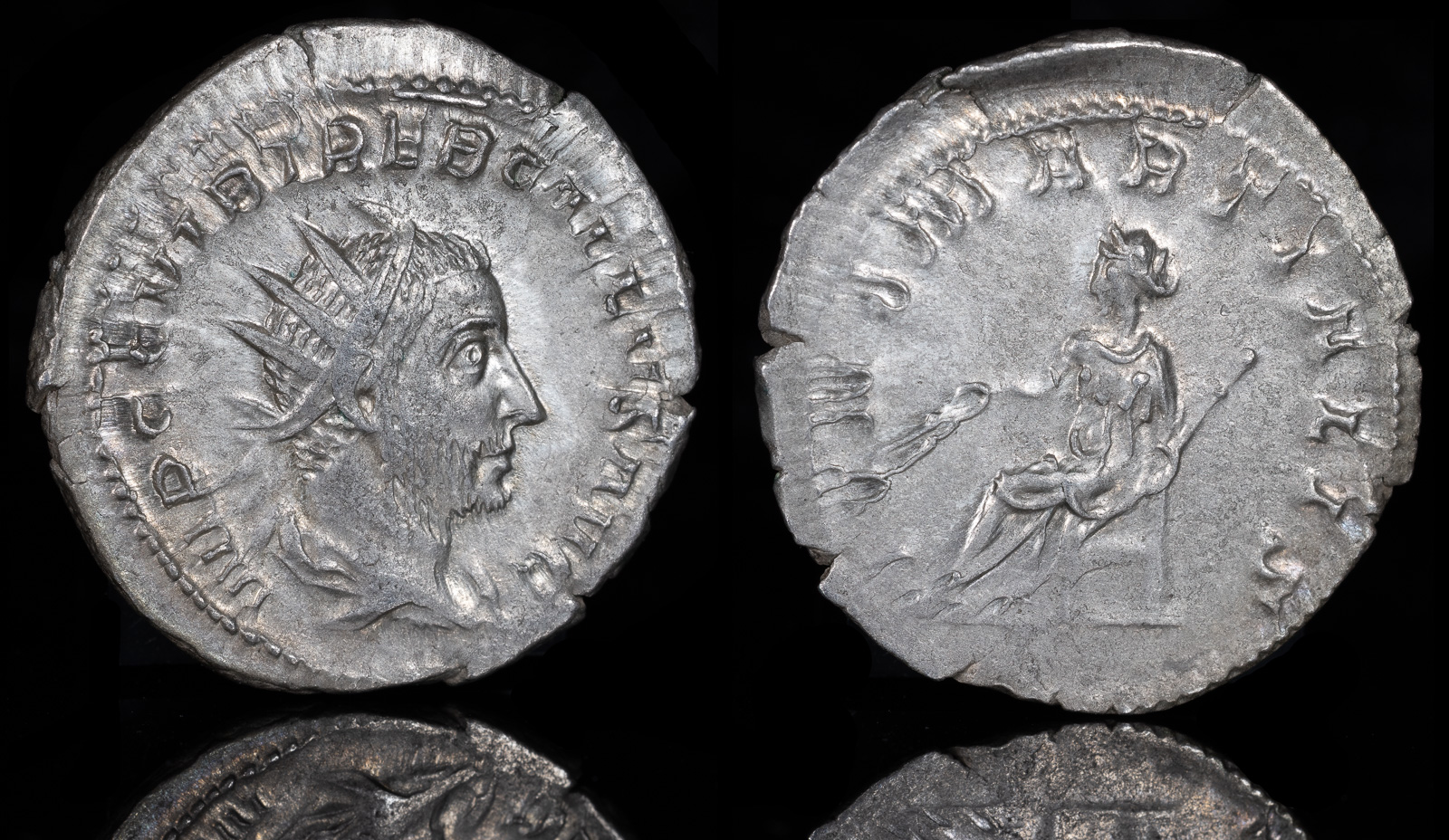Corn Ear
View All Tags
One of the most famous associations of the corn ear on coinage is with Demeter (Ceres), the Greek and Roman goddess of agriculture and the harvest. Coins featuring a single ear of corn, often paired with depictions of Demeter or her symbols, emphasized the importance of her role in ensuring bountiful harvests and, by extension, the welfare of the community. Cities like Metapontum in southern Italy prominently featured the corn ear on their coins, reflecting the region’s agricultural wealth and dependence on grain production. These coins were not only currency but also propaganda, signaling the fertility of the issuing city’s lands and its ability to provide for its people.
In addition to its connection to agriculture, the corn ear carried broader connotations of peace and plenty. Its appearance on coins often celebrated periods of stability and prosperity, especially after conflicts or during significant harvests. The inclusion of the corn ear signaled that the state was thriving and that its leadership was capable of maintaining economic security. For this reason, it frequently appeared alongside other symbols of abundance, such as cornucopias or sheaves of grain.
The corn ear also had religious and ritual significance. It was an offering to the gods in agricultural festivals, particularly during rites like the Thesmophoria and Eleusinian Mysteries dedicated to Demeter. By placing the corn ear on coinage, city-states emphasized their piety and gratitude toward the divine forces that governed the cycles of nature. This religious dimension added another layer to its symbolism, reminding citizens of the sacred connection between the land and their survival.

Caracalla
Rome 199-201 CE
Æ Fourreé Denarius 19mm, 2,42g
Laureate, draped, and cuirassed bust right /
Bonus Eventus standing left, sacrificing out of patera over lighted altar at feet to left and holding corn ears.
RIC IV 33; RSC 19

Claudius II (Gothicus)
Rome 268-270 CE
Billon Antoninianus 23mm, 2,87g
Obv : IMP C CLAVDIVS AVG. Radiate, draped and cuirassed bust right.
Rev : ANNONA AVG. Annona standing left, with foot on prow, holding corn-ears and cornucopia.
RIC V online 194

Trebonianus Gallus
AR Antoninianus 3.16g, 23mm, 12h
Rome, 251-253 CE
IMP C C VIB TREB GALLVS AVG, radiate, draped and cuirassed bust to right / IVNO MARTIALIS, Juno seated to left, holding corn-ears and sceptre
RIC IV 69; RSC 46
Ex Roma